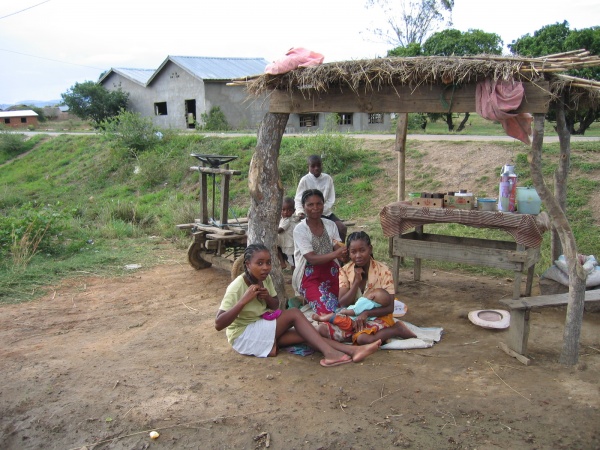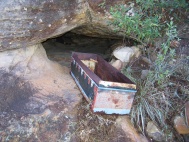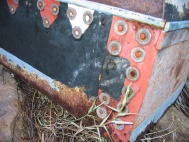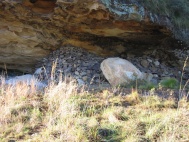Difference between revisions of "Bara"
| Line 6: | Line 6: | ||
[[File:Bara_people_01.jpg|600px|none|thumb|Bara women selling drinks outside the small town of [[Ranohira]]]] | [[File:Bara_people_01.jpg|600px|none|thumb|Bara women selling drinks outside the small town of [[Ranohira]]]] | ||
| + | |||
| + | |||
| + | <table cellpadding="0" cellspacing="0" border="0" style="margin-right:10px;"><tr> | ||
| + | <td valign="top">[[Image:Bara_people_02.jpg|189px|none|thumb|Bara grave in the Isalo National Park]]</td> | ||
| + | <td valign="top">[[Image:Bara_grave_02.jpg|189px|none|thumb|Coffin outside a burial site]]</td> | ||
| + | <td valign="top">[[Image:Bara_grave_03.jpg|189px|none|thumb|Coffin decorated with coins]]</td></tr></table> | ||
Revision as of 18:22, 28 December 2009
The Bara people originate from the southwest of Madagascar, near Toliara (Tulear). Today they live in the south-central area, near Isalo, Ihosy and Betroka. The relaxed town of Ihosy is the regional capital. The Bara were never conquered by the powerful Merina.
Over time, the semi-nomadic cattle raisers became settled farmers growing rice, millet and corn. By tradition, a Bara man can have several wives. Women have an inferior position in the society. The men usually pay higher value to their cattle than to women. A boy will only be recognised as a man and therefore can expect to get married, if he has stolen some Zebus of a neighbour.

Isalo National Park with its sandstone rocks is sacred to the Bara tribe. Since hundreds of years they use caves in the canyon walls to bury their dead. In the event of death of a close relative, it is traditional to shave the head.



